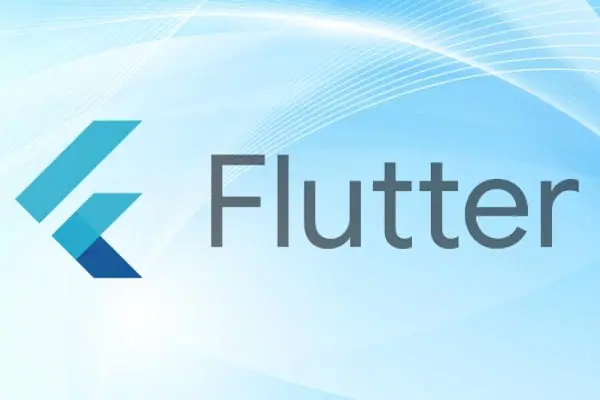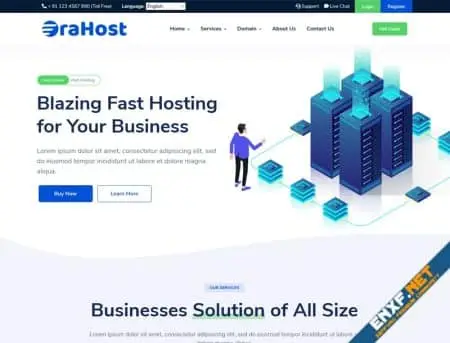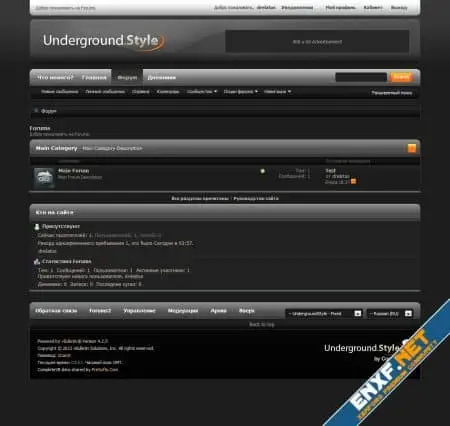Flutter is Google’s mobile SDK designed to build native applications for iOS, Android, desktop (Windows, Linux, macOS), and web apps from a single codebase. In Flutter, everything revolves around Widgets, the building blocks of Flutter apps. Widgets are structural elements that come with material design-specific functionalities, and new widgets can be composed from existing ones through a process known as composition. This modular approach allows developers to think of their Flutter app as a tree of widgets, each handling a specific task.
Flutter is an open-source framework that provides a robust, high-performance platform for creating mobile applications across Android and iOS. It offers a simple, effective SDK to write mobile applications in Google’s programming language, Dart. This tutorial walks through the basics of the Flutter framework, installing the Flutter SDK, setting up Android Studio for developing Flutter-based applications, and building various mobile applications using Flutter.
Audience
This tutorial is prepared for professionals aspiring to build a career in mobile application development. It is designed to help you get comfortable with the Flutter framework and its various functionalities.
Prerequisites
This tutorial assumes that readers are already familiar with the concept of a framework and have a sound understanding of Object-Oriented Programming, basic knowledge of the Android framework, and Dart programming. If you are new to any of these concepts, it is recommended to review tutorials on them before starting with Flutter.
Types of Widgets
- Stateless Widgets
- Stateful Widgets
Flutter vs. React Native
| Feature | Flutter | React Native |
|---|---|---|
| Initial Release | 2017 | 2015 |
| Based On | Dart | React JS |
| UI Control | Controls every pixel on the screen | Controls via native mobile components |
| Cross-Platform | Mobile, Web, Desktop | Mobile, React Native Web |
| Developer | ||
| Current Version | 3.3.9 | 0.70 |
| App Performance | High; 60 fps or 120 fps animation | High; requires JavaScript bridge |
| Community Support | Rapid growth; strong support | Good support; slower growth |
Key Benefits of Flutter
- High-Performance Apps: Flutter apps are highly expressive with flexible UIs, providing native end-user experiences. Fast development due to hot reloading makes the app feel alive.
- Expressive and Flexible UI: Prebuilt material widgets allow developers to build beautiful-looking apps with ease, while also enabling full customization.
- Fast Development & Hot Reloading: Hot reloading injects new versions of edited files at runtime, keeping the app running and improving productivity.
Pros and Cons of Flutter
Pros:
- Single codebase for both Android and iOS, ensuring type safety.
- Rapidly developing language and community, with frequent new features and widgets.
- Own set of widgets, allowing precise rendering and customization.
- Hot reloading enhances the development process, making it more exciting.
- Not bound to ROM regarding the widget system, enhancing portability across Android versions.
- Optimized Dart Virtual Machine for specific mobile needs.
Cons:
- Limited cons, mainly related to Dart programming language and conversion bugs to JavaScript.
- Dart lacks a framework for the backend.
Overall, Flutter stands out as an effective and elaborate framework for cross-platform application development with robust community support.





